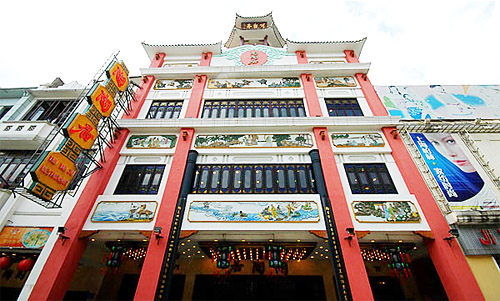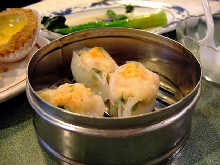Delicacies
Yum-Cha
Updated: 2007-11-08 14:45
By Zhang Yunting (Intern) (chinaculture.org)
Guangzhou residents like to "Yum Cha" which literally means "drinking tea," especially morning tea. When they meet in the morning, they usually greet each other with "Have you drunk tea?" Drinking tea has become a habit of Guangzhou residents. By drinking tea, Guangzhou residents mean to drink tea in the teahouse. They not only drink morning tea, afternoon tea and night tea, but also eat pastries with breakfast, spread news, enhance friendships and talk about business. "Yum Cha" is a kind of social activity, and a distinct characteristic of Lingnan culture.
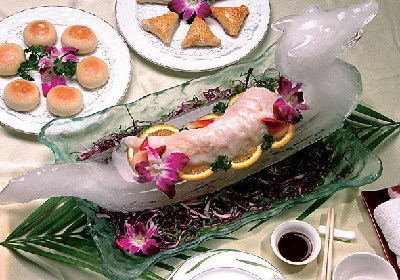 |
Teahouse
The time-honored teahouse brands in Gangzhou are Taotaoju, Luyvju, Paxiangju, Nanyuan, Beiyuan, Banxi, Datong, Huiru, Sanru, Duoru, Qiaoxin, Dexin, Zhengxin, Fulaiju, Xihuaju, Meizhenju and so on.
|
|
|
Tao Tao Ju Restaurant |
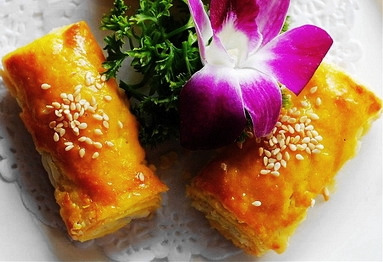 |
The tea drinking tradition can be traced back a hundred years to the Qing Dynasty (1644-1911). In those days, the Cantonese used to go to a nearby teahouse, like the popular "Two-Cent Teahouse," where they needed to pay only two cents for a pot of tea and some simple snacks. The customers were mostly temporary laborers who couldn't afford anything more expensive. By the later Qing period, teahouses in the true sense had emerged in Guangzhou. These were more expensive places offering much better tea with a variety of delicacies. The teahouse had become a retreat for professionals and businessmen as well as the ordinary people.
Buyer, Tea Maker and Pastry Chef
Since teahouses earn a living through tea, many teahouses pay a lot of attention to their purchasing. They hire professional buyers who are quite familiar with the origins, brands and breeds of the tea. The selection and preservation should follow strict rules.
The upscale teahouses have high requirements for the tea makers. The tea making should follow a series of sophisticated procedures. At the same time, every teahouse has its own pastry chefs to produce special dim sum for their customers.
Yum Cha
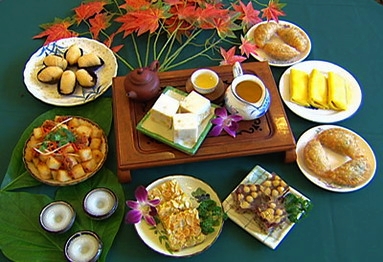 |
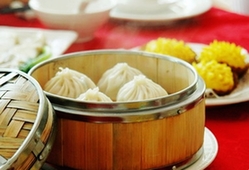 |
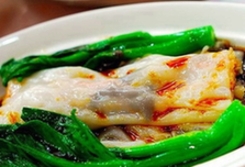 |
The teahouses provide all kinds of dishes and dim sum, including shrimp dumplings, rice noodle rolls, lobag gow, maatai gow, phoenix talons, steamed meatballs, spare ribs, lotus leaf rice, congee, chien chang go, char siu sou, taro dumpling, egg tart and so on.
E-paper

Ear We Go
China and the world set to embrace the merciful, peaceful year of rabbit
Carrefour finds the going tough in China
Maid to Order
Striking the right balance
Specials

Mysteries written in blood
Historical records and Caucasian features of locals suggest link with Roman Empire.

Winning Charm
Coastal Yantai banks on little things that matter to grow

New rules to hit property market
The State Council launched a new round of measures to rein in property prices.
